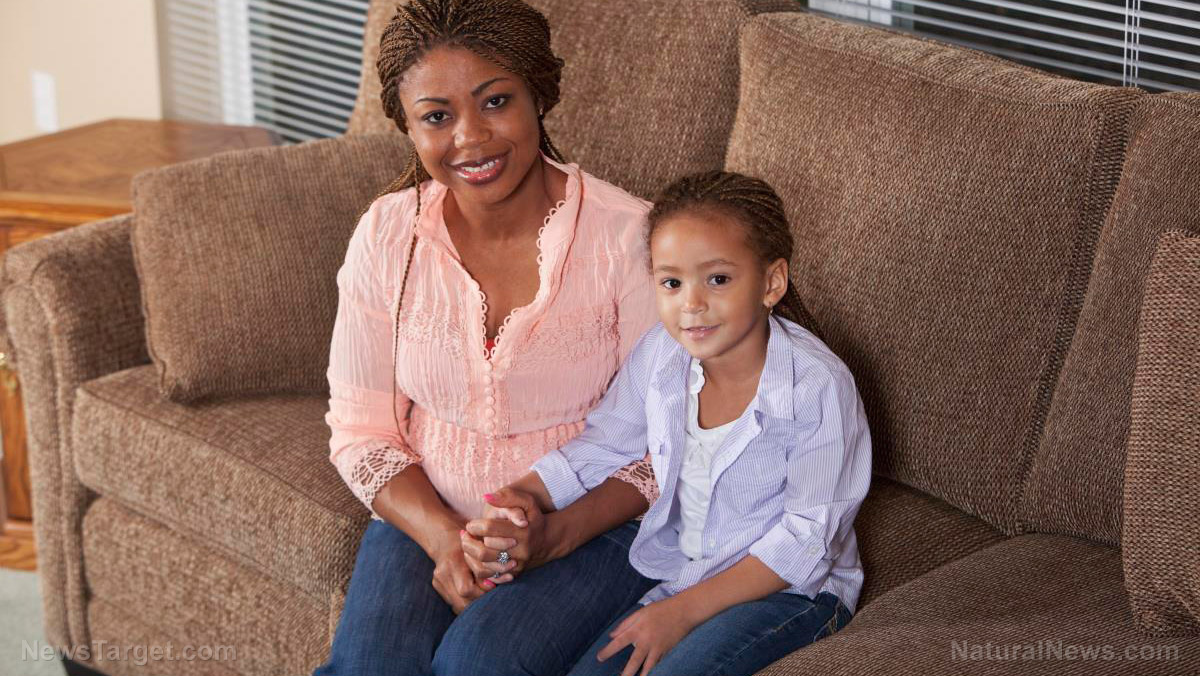Scientists discover toxins from flooring and furniture in children’s blood, urine
06/13/2019 / By Isabelle Z.

Parents already have their work cut out for them ensuring the food their children eat is safe and healthy, and now a new study gives them yet another thing to worry about: chemicals in furniture and flooring.
The study, which was led by researchers from Duke University, found that children who live in homes that have vinyl flooring or flame-retardant furniture have significantly greater concentrations of semi-volatile organic compounds, or SVOCs, in their urine and blood when compared to kids who live in homes that don’t have such materials. These chemicals are used widely in building materials, furniture and electronics, and they have been detected inside nearly every home. They can move from a solid phase into the air with time, so they’re often found in the air inside of homes and businesses.
The researchers found, for example, that children who live in a home with a sofa in the living room that contains flame-retardant polybrominated diphenyl ethers (PBDEs) have a six-fold higher PBDE concentration in their blood serum.
These chemicals have been linked to problems like thyroid and endocrine disruption, obesity, neurodevelopmental delays and cancer. Although they were phased out of use in America from 2005 to 2013 because of their toxicity and bioaccumulation, many families still have items in their homes with PBDEs, such as TVs and sofas.
That wasn’t the only danger they uncovered. Kids who lived in homes with vinyl flooring throughout had concentrations of benzyl butyl phthalate metabolite in their urine measuring 15 times greater than that of children from homes without vinyl flooring. Exposure to this chemical has been linked to reproductive and respiratory disorders, skin problems, and multiple myeloma.
Their findings were the result of a three-year study looking at in-home SVOC exposure among 203 children in 190 families. Their aim was to explore children’s exposure to specific products via skin contact, breathing, and accidental dust inhalation. They analyzed samples of indoor dust and air as well as foam from the furniture in the homes involved. They also took blood, urine and handwipe samples from the children.
In total, they quantified 44 different biomarkers of exposure to a host of chemicals including PFAS, antibacterial agents, parabens, phthalates, phenols, organophosphate esters, and brominated flame retardants.
The researchers pointed out that young children tend to spend most of their time at home and therefore have a greater level of exposure to the toxins in household dust. They pointed out that their study only looked at children in North Carolina, so we can’t be certain if other areas of the nation would see similar results. However, a lot of these toxic products are sold and used throughout the country, so it seems likely it’s a nationwide problem.
How to reduce your exposure to these dangerous household toxins
The study’s authors say the best way to reduce your exposure is by removing the offending items, but they acknowledge this isn’t easy because it’s hard to know the chemical applications of everything in your home. It can also be an expensive endeavor. Therefore, they recommend that people ventilate their homes, keep dust from accumulating, and invest in some good air filters.
With so many uncontrollable potential toxins outside the home in our environment, it’s important to do everything you can to ensure your home is a safe place for your family.
Sources for this article include:
Tagged Under: air quality, chemicals, child health, disease causes, dust, environ, exposure, Flame retardants, household toxins, PBDEs, research, SVOCs, toxic ingredients, toxins, vinyl floors
RECENT NEWS & ARTICLES
COPYRIGHT © 2017 ENVIRON NEWS




















